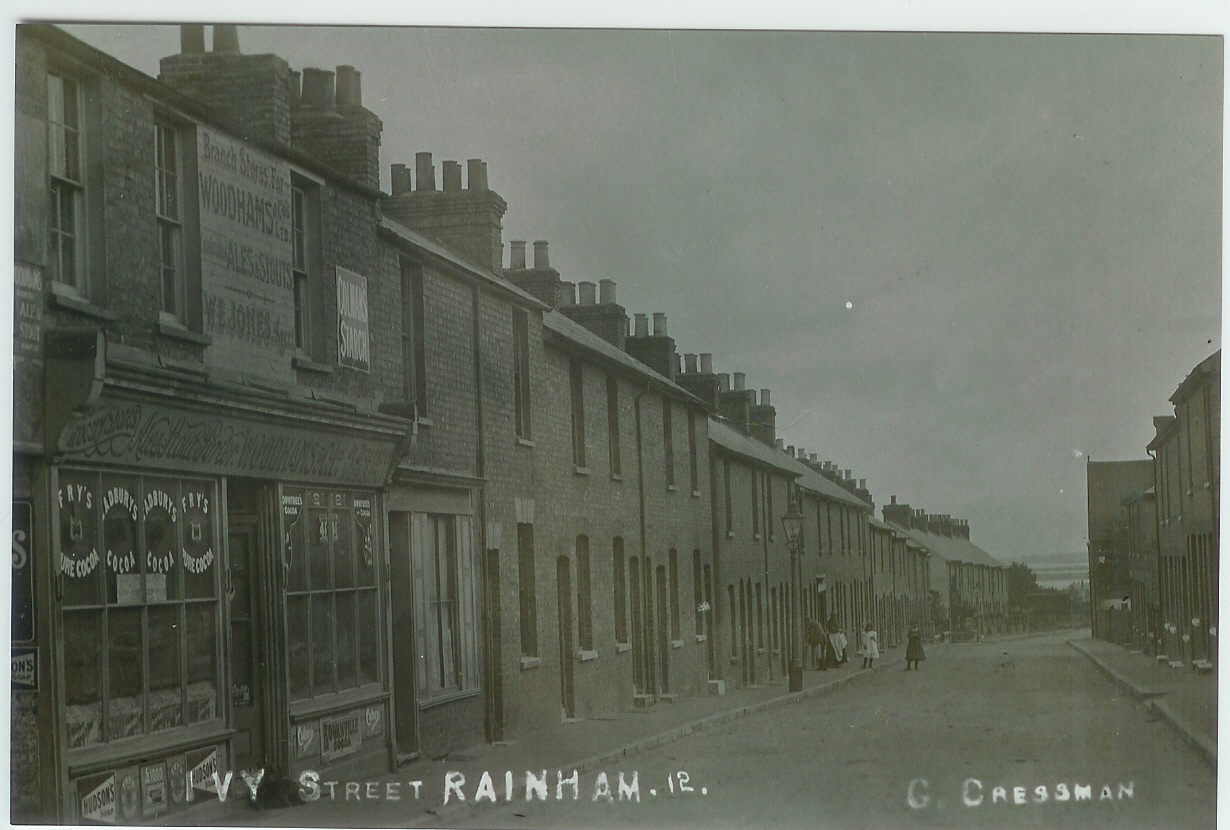Some Well-Known Rainham Street Names
Longley Road: Named after headmaster John Longley who served as headmaster at the old council school located in Station Road on the site of Rainham shopping centre. He became a major figure in local Rainham politics and played for Rainham Cricket Club during the 1860s and 1870s as a batsman.
Solomon Road: Named after Solomon Brice who lived in the big old house at the end of Webster Road. He resided in Rainham during the second half of the 19th century and became involved in the family clay and brick making business. The family later moved to Higham where they bought Mockbeggar Farm.
Seymour Road: Named after Seymour Wakeley of Wakeley Brothers fruit and hop business. He started the Upchurch Pottery in Canterbury Lane and later became a Justice of the Peace. He also played cricket for Rainham Cricket Club during the late 19th and early 20th centuries.
Wakeley Road, William Street and Henry Street: Named after William Henry Wakeley of the well-known farming family. He became famous in Rainham as a local and national prize rose grower and was a member of Rainham Horticultural Society.
Webster Road: Named after Dr Irby Webster who worked and lived in Rainham during the first part of the 20th century. He became President of Rainham Cricket Club in 1929.
Tufton Road: Probably named after Sir Nicholas Tufton who later became the Earl of Thanet and owned Sileham Court, Bloor’s Place and other possessions in Rainham.
Marshall Road/Edwin Road: named after Marshall Harvey & Edwin Jelly who sold the land for the Rainham Mark Building estate in the 1920s.












































































































































Comments
RSS feed for comments to this post